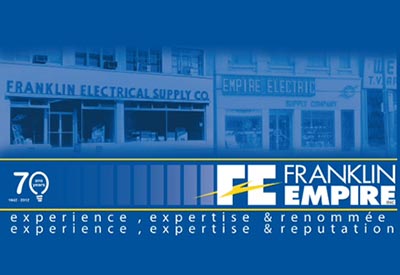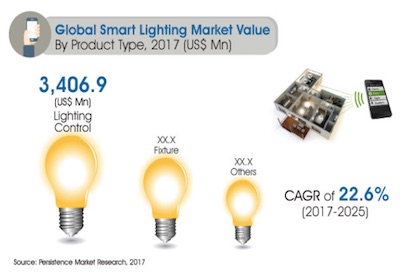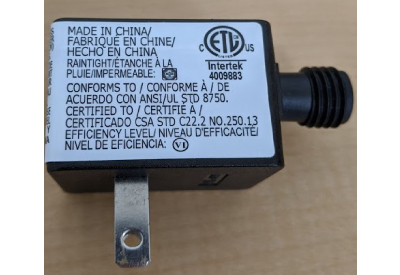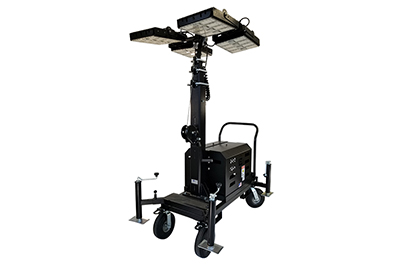Global Stocktake Results Require State and Non-State Action: COP28 Steps to Mitigate Climate Change
Harry Verharr
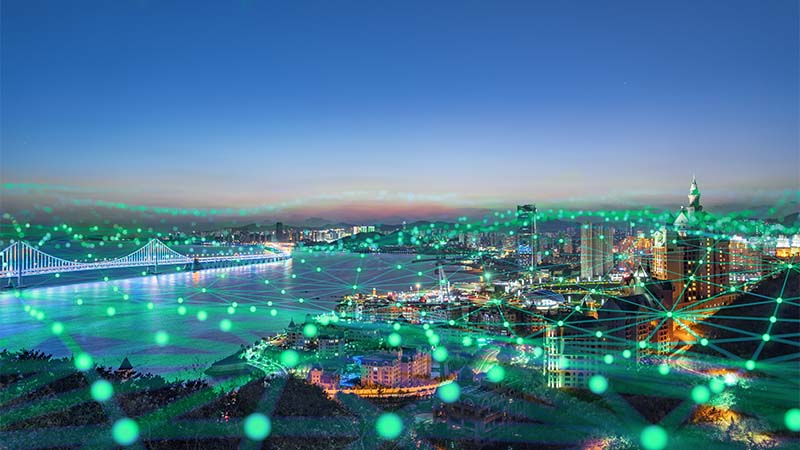
December 6, 2023
Good change management depends on creating awareness about the need for change, building the desire of all stakeholders for change, and acquiring knowledge about the change. The change management process continues by constantly gathering feedback to ensure that adoption and usage occur.
When applying change management to a project, teams often gather for lessons-learned meetings. Those meetings establish a forum for crucial conversations and evaluate the positive and negative aspects of the project. Many times, applying the lessons learned from one project leads to the success of another project. The first insight is often that more can be done with less, or that a process can improve by reducing waste.
Rekindling the vision for change
On the global stage, mitigating climate change requires similar processes. Because of the need for accountability, regular reporting, and consistent effort, parties to the 2015 Paris Agreement acknowledged the need for setting goals and assessing progress towards those goals.
The first global stocktake concluded at COP28 in Dubai in November 2023. The two-year process evaluated progress toward meeting the Paris Agreement goals and measured the desire of stakeholders to take climate action.
Stakeholders representing COP28 member countries, non-state NGOs, companies, financial institutions, cities, states, regions, and civil society organizations thoroughly and precisely examined:
- Progress towards mitigating climate change
- The identification of gaps in climate action and opportunities for bridging the gaps
- Efforts to implement climate action and the
- The capability to raise ambition for climate action in line with science
- Methods for applying high-quality data to achieve climate action.
Work on each of those high-level issues is intended to align efforts on climate action and rekindle the vision for change.
A three-phase approach
The global stocktake uses a three-phase approach that includes information collection and preparation, technical assessments, and the presentation of findings.
While phase one covers the collection and preparation of national climate plans, scientific studies, and country reports, phase two provides a technical assessment of efforts to reduce greenhouse gas emissions and build resilience to climate change. Phase two also addresses the social and economic consequences of climate change and methods for minimizing loss and damage.
COP28 completed phase three of the global stocktake by establishing a forum for discussing recommendations and possible lessons learned. Participants gained an opportunity to present findings, define opportunities for greater climate action, and build international support. Even with the momentum gained through the annual UN Climate Change Conferences, preliminary assessments underline the urgency of mitigating climate change.
Reaching Paris Agreement climate targets requires commitment
Parties to the Paris Agreement set targets for limiting global warming, reducing carbon emissions, and increasing climate funding. However, preliminary assessments show that efforts by the international community to achieve the Paris Agreement goals have fallen short. For example, current global average surface temperatures range around 1.2oC above pre-industrial levels. Although clean energy investments increased during 2022, subsidies for fossil fuels and global CO2 emissions reached record levels. Moreover, methane emissions that increase global warming and harm air quality remain high.
Each failure to reach benchmarks underlines the need to strengthen commitments to climate action. Rather than despair about the impact of climate change, the international community—nations, businesses, and individuals—must renew and enlarge efforts for mitigating climate change. Those efforts require transparency about lessons learned and cooperation between developed and developing nations. With those needs in mind, the parties to COP28 recognized and reinforced the need for phasing out fossil fuels, transitioning to clean energy resources, and cutting emissions before 2030—and doubling the pace of efforts in every area of climate action.
The focus on action also requires helping vulnerable communities to become more resilient to the consequences of climate change. As the effects of climate change worsen, the global community must cooperate in protecting forests and changing agricultural practices. The COP28 Declaration on Food Systems asks for international commitment to sustainable food production. Adapting to change requires renewed efforts to support the inclusion of all communities and indigenous peoples in key decision-making processes. To this end, the parties to COP28 have the goal of achieving affordable and accessible climate financing for developing countries.
Businesses and municipalities can drive climate action
The prospect of intensifying climate change-induced events demand strategic actions by businesses and municipalities. From a business perspective, those actions rest on mitigating costs associated with climate change and the risks facing value chains. For municipalities, climate change can increase municipal borrowing costs because of increased energy expenditures and decreases in labor productivity.
Several strategic actions could have an immediate positive impact on emissions and energy use. Businesses and municipalities can partner with state and national governments to develop policies focused on sustainable use. Policy changes could allocate funds for implementing technologies for decarbonizing industrial processes. Along with policy changes, businesses and municipalities should encourage financial institutions and individual investors to finance decarbonization efforts.
Businesses and municipalities must also work together to find climate solutions that impact developed and developing countries. While climate solutions may focus on reducing emissions and energy conservation, those efforts can create new economies based on sustainability. Many of these efforts began to coalesce through programs such as Race to Zero and the Fossil to Clean campaign. Organized during COP26, the Race to Zero campaign has attracted more than 8,300 companies, 595 financial institutions, and 1,136 cities along with educational and healthcare institutions, states, and regions dedicated to achieving net zero carbon emissions by 2050.

The Fossil to Clean campaign serves as a global movement of businesses changing from fossil fuels to clean fuel alternatives. Launched during Climate Week, the campaign includes guidance for companies about developing and aligning resources with climate leadership guidelines. The We Mean Business Coalition also provides templates for businesses interested in creating Climate Transition Action Plans. The plans establish near-term actions that businesses can take to cut emissions.
“Business needs coherent, thought-through policies to transition to a decarbonised economy,” says Maria Mendiluce, CEO of the We Mean Business Coalition. “In tandem with the active reduction in use of fossil fuels, we need to see the tripling of renewables and doubling of energy efficiency in order to drive down demand for fossil fuels and support a rapid transition to net zero. With the first global stocktake considered at COP28, world leaders have the opportunity to move the conversation to phase out of fossil fuels, alongside the massive upscaling of renewables, taking these goals back to their national contexts to realise within the timeframe of the 2040s.”
In tandem with the active reduction in use of fossil fuels, we need to see the tripling of renewables and doubling of energy efficiency in order to drive down demand for fossil fuels and support a rapid transition to net zero.”
Maria Mendiluce,
CEO of the We Mean Business Coalition
Connected lighting and energy efficiency
Transitioning transportation, energy generation, electrification on a massive scale, and building environmental systems from fossil fuels to renewable resources can help establish the momentum shift needed to achieve Paris Agreement climate goals. Using building systems as an example, implementing energy-efficient technologies in existing and new buildings can reduce energy consumption. Those technologies include LED lighting, improved HVAC systems, and building automation systems. Building owners can also reduce carbon emissions through retrofits that include passive solar design, redesigned air flows, and the installation of energy-efficient insulation.
The full potential of energy-efficient technologies occurs through connections between systems and the Internet of Things (IoT). Lighting starts the journey to energy savings by serving as the infrastructure for seamless connectivity. Sensors embedded in connected lighting systems allow the sending and receiving of data across networks and the IoT. With insights gained from the data, the connected system can automatically control building environments by tracking the number of occupants in a room and movement through hallways. Digital controllers within the connected lighting system allow managers to check energy consumption and control lighting and HVAC systems through apps.
In the United States alone, commercial buildings account for 18% of total energy consumption and produce 39% of all carbon emissions. Connected lighting systems provide rapid results for solving these issues by reducing the light-related energy consumption of a building. Property owners can quickly retrofit Class C buildings for energy savings with connected lighting systems or construct new buildings with interconnected systems. With the global community lagging behind its Paris Agreement goals, connected lighting can make net-zero energy buildings financially attractive.
A bright future exists for reaching climate goals
As a leader in connected lighting technologies, Signify will create higher awareness of energy savings through their attendance at COP28. With its focus on demand-side resources, Signify demonstrates the connected lighting systems reduce load and the need for additional generation. Connected lighting systems deliver the same services while reducing electricity consumption. In particular, connected and adaptive lighting systems coupled with building automation systems reduce electricity consumption during peak demand.
As the US Environmental Protection Agency has reported, investments in energy efficiency initiatives increase grid reliability, produce better air quality, create healthier conditions, and foster job opportunities. Increasing grid reliability protects consumers from unnecessary costs, market volatility, and disruptions to energy supplies. Human health and well-being improve through reduced fossil fuel-based generation and greatly reduced greenhouse gas emissions. As the renewable energy resource market continues to grow and as businesses and municipalities seek clean energy sources, workers gain new opportunities.
Energy-efficient upgrades, in lighting and other sectors, have the potential to deliver what the world needs most at this point in time: significant emissions mitigation, lower energy bills, social benefits including job creation of building retrofits, electrification of heating and transport, and above all the speed required to bend the curve toward zero and inspire some hope that we can keep our one and only planet beautiful and livable.
Parties to COP28 and the global stocktake recognize that reaching the Paris Agreement goals requires a collective effort. Pathways to this collective effort and a brighter future exist through the work of non-state actors. Each step taken by non-state actors towards energy efficiency leads to reduced emissions and lower global temperatures. Businesses, municipalities, private financial institutions, and NGOs can leverage energy-efficient technologies at the business and building level without waiting for governments to enact new policies or pass legislation.
Listen to this article, and discover other topic related blog podcasts, here.
More information available here


